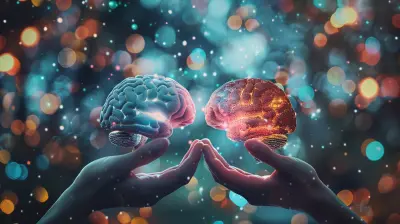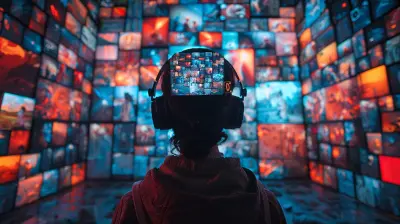How the Brain Constructs Time and Space
28 July 2025
Have you ever wondered how your brain makes sense of time and space? It’s like an invisible clock and a mental GPS working together, helping you navigate the world without even thinking about it.
But here’s the fascinating part: time and space don’t actually exist in your brain the way they do in reality. They are constructs—interpretations—created by intricate neural networks, giving you the ability to experience past, present, and future while also understanding where you are in the world.
So, how does the brain do it? Let’s dive deep into the science behind how we perceive time and space, and why it’s more complex (and mind-blowing) than you might think. 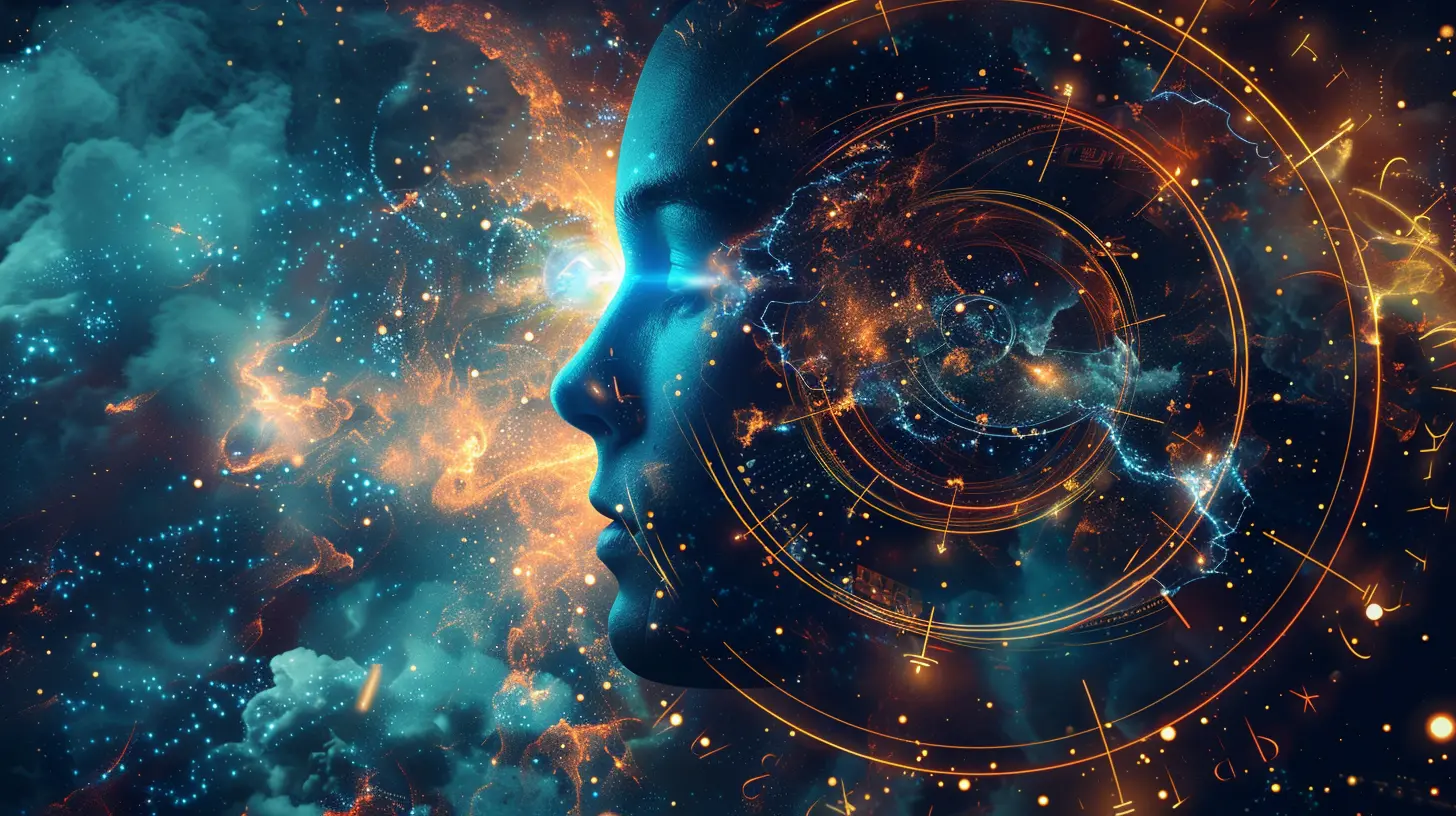
The Brain’s Time Machine: How We Perceive Time
Time Doesn’t Exist the Way You Think
Time feels linear to us—there’s a past, a present, and a future. But what if I told you that time as we perceive it is just an illusion? Your brain doesn’t have a single “clock” ticking away inside. Instead, it gathers sensory information, experiences, and memories to create the sensation of flowing time.Scientists believe that different brain regions collaborate to generate our sense of time. The prefrontal cortex, basal ganglia, and cerebellum play major roles in time perception. But here’s the kicker—there’s no single “time-keeping center” in the brain. Instead, multiple circuits work together to create your personal timeline.
The Brain’s Timing Mechanisms
Think about when you’re waiting in line for coffee. Sometimes, five minutes feels like an eternity, while other times, an hour flies by in the blink of an eye. Why does that happen?Your brain has different ways of processing time:
1. Milliseconds to Seconds – Your cerebellum helps track short intervals, like catching a ball or tapping your foot to music.
2. Seconds to Minutes – The basal ganglia is involved in tracking these mid-range durations, which helps with tasks like speaking or walking.
3. Long-Term Time Perception – The hippocampus is responsible for linking memories together, creating a cohesive narrative of your past experiences.
Your perception of time is influenced by emotion, attention, and even body temperature. That’s why time flies when you’re having fun and drags when you’re bored or anxious. 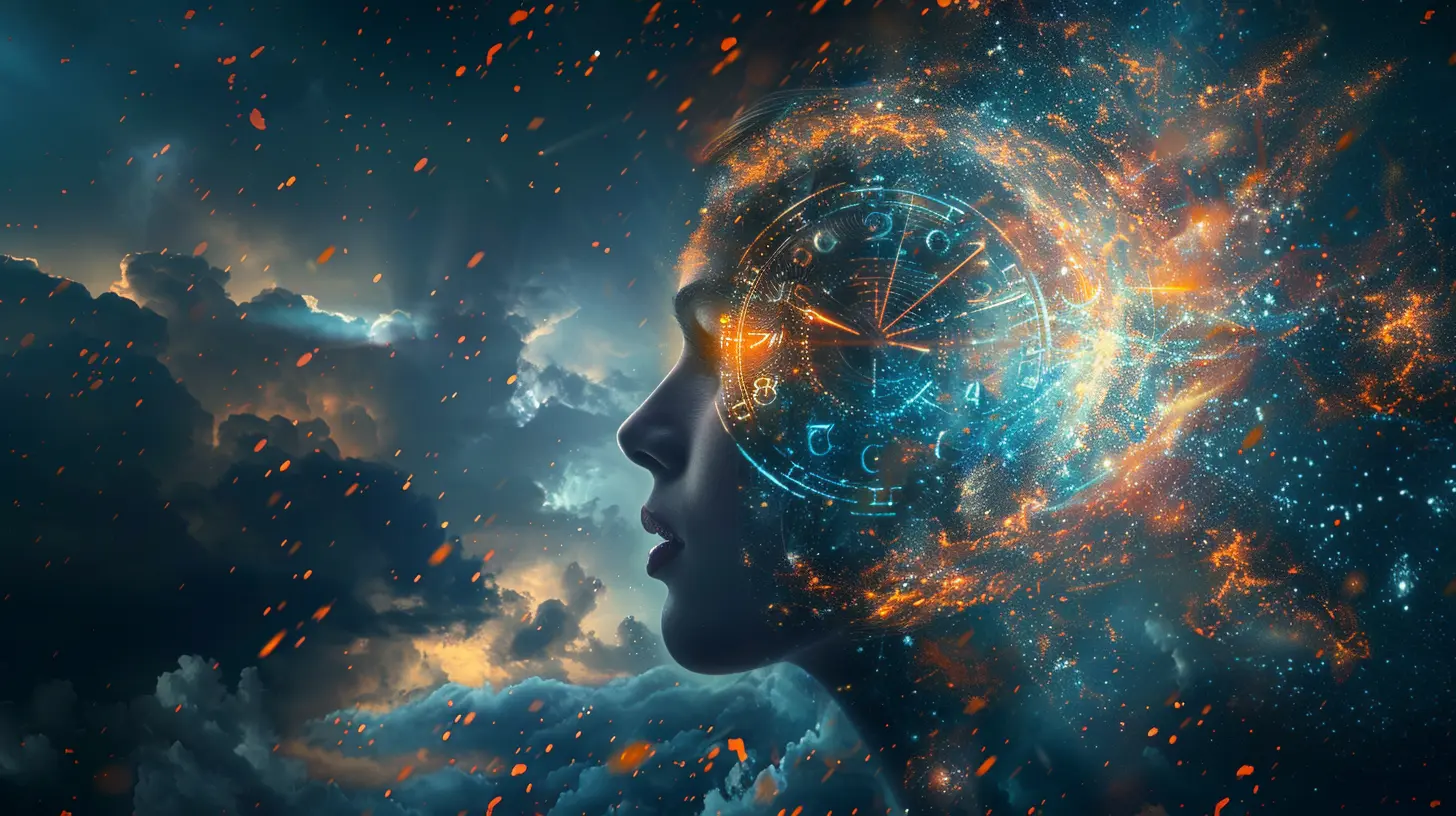
The Internal GPS: How We Perceive Space
The Brain’s Built-In Navigation System
Imagine you wake up in the middle of the night and need to get a glass of water. Even in the darkness, you instinctively know where the kitchen is, how far it is, and which way to turn. That’s because your brain has an internal navigation system that maps out your surroundings.This ability comes from place cells and grid cells, which were discovered by neuroscientists John O’Keefe, May-Britt Moser, and Edvard Moser. These cells act like a mental map, allowing you to understand where you are in space and how to move from one location to another.
Place Cells: Your Brain’s “You Are Here” Marker
Place cells, found in the hippocampus, activate when you’re in a specific location. It’s like your brain dropping invisible pins on a mental map. Every time you move, different place cells fire, helping you remember locations and navigate your environment.Grid Cells: The Brain’s Coordinate System
Grid cells, located in the entorhinal cortex, provide a structured framework for movement. They create a virtual coordinate system, mapping space in a way that allows for smooth navigation.Without these cells, you would constantly feel lost and disoriented. People with damage to these areas, such as those with Alzheimer’s disease, often struggle with finding their way—even in familiar environments. 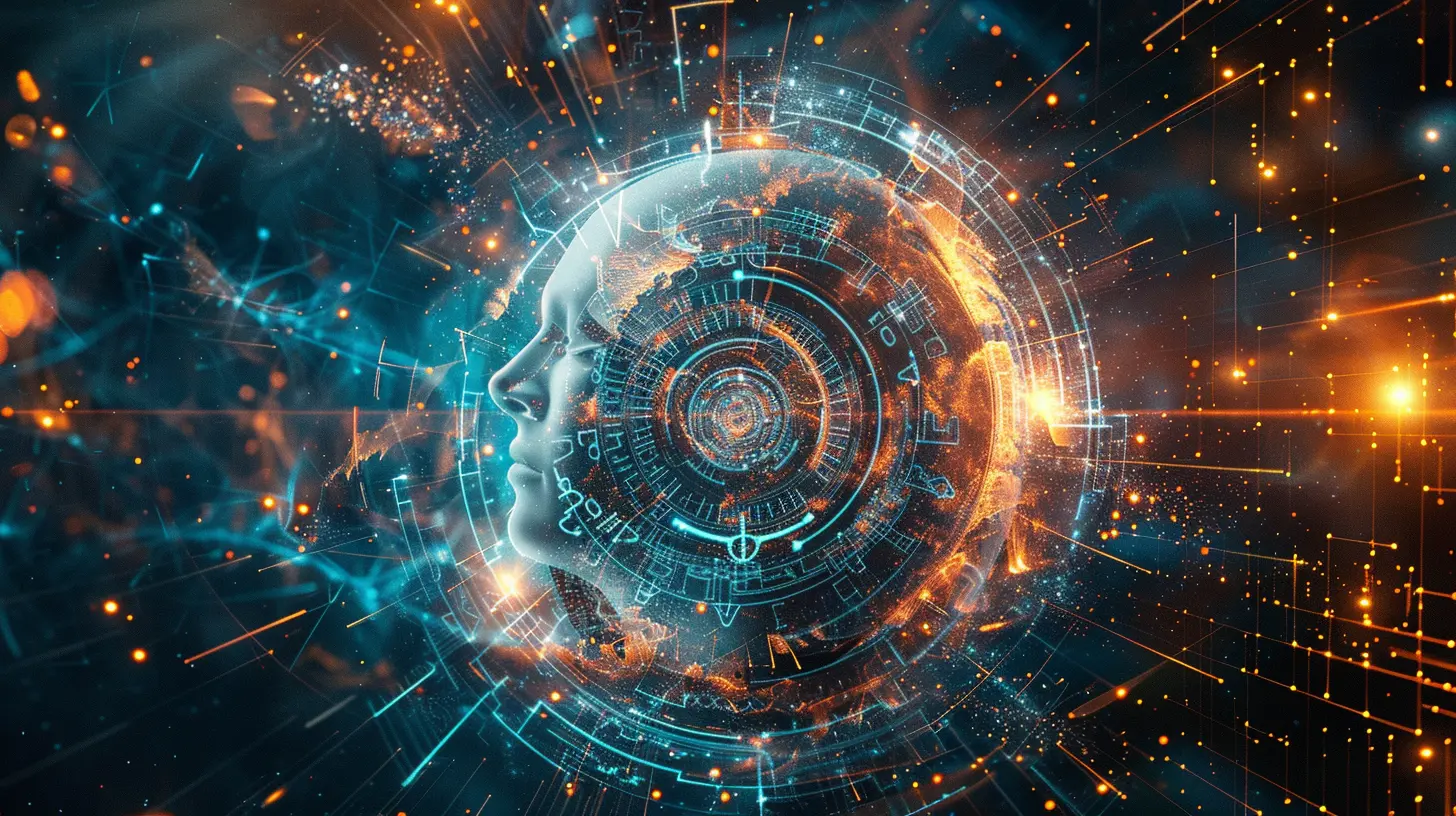
The Connection Between Time and Space in the Brain
Here’s where things get even more interesting: time and space aren’t processed separately—they’re deeply intertwined in the brain.Researchers have found that the same regions responsible for spatial navigation also contribute to our sense of time. The hippocampus, which helps us form memories of places, also plays a crucial role in organizing events in chronological order.
This connection explains why memories feel tied to specific places. Ever walked into an old school building and immediately remembered a specific moment from your childhood? That’s because your brain encodes experiences in both time and space, making them inseparable in memory.
How Time and Space Shape Memory
Think of your brain like a movie director. It records your life experiences not as random images but as a sequence of events tied to locations. This is why:- Traveling to new places creates stronger memories – When you explore an unfamiliar environment, your brain takes detailed “notes,” which is why vacations often feel longer and more memorable.
- Routine compresses time – If you follow the same schedule every day, your brain doesn’t bother encoding new “spatial markers,” making time appear to pass more quickly. 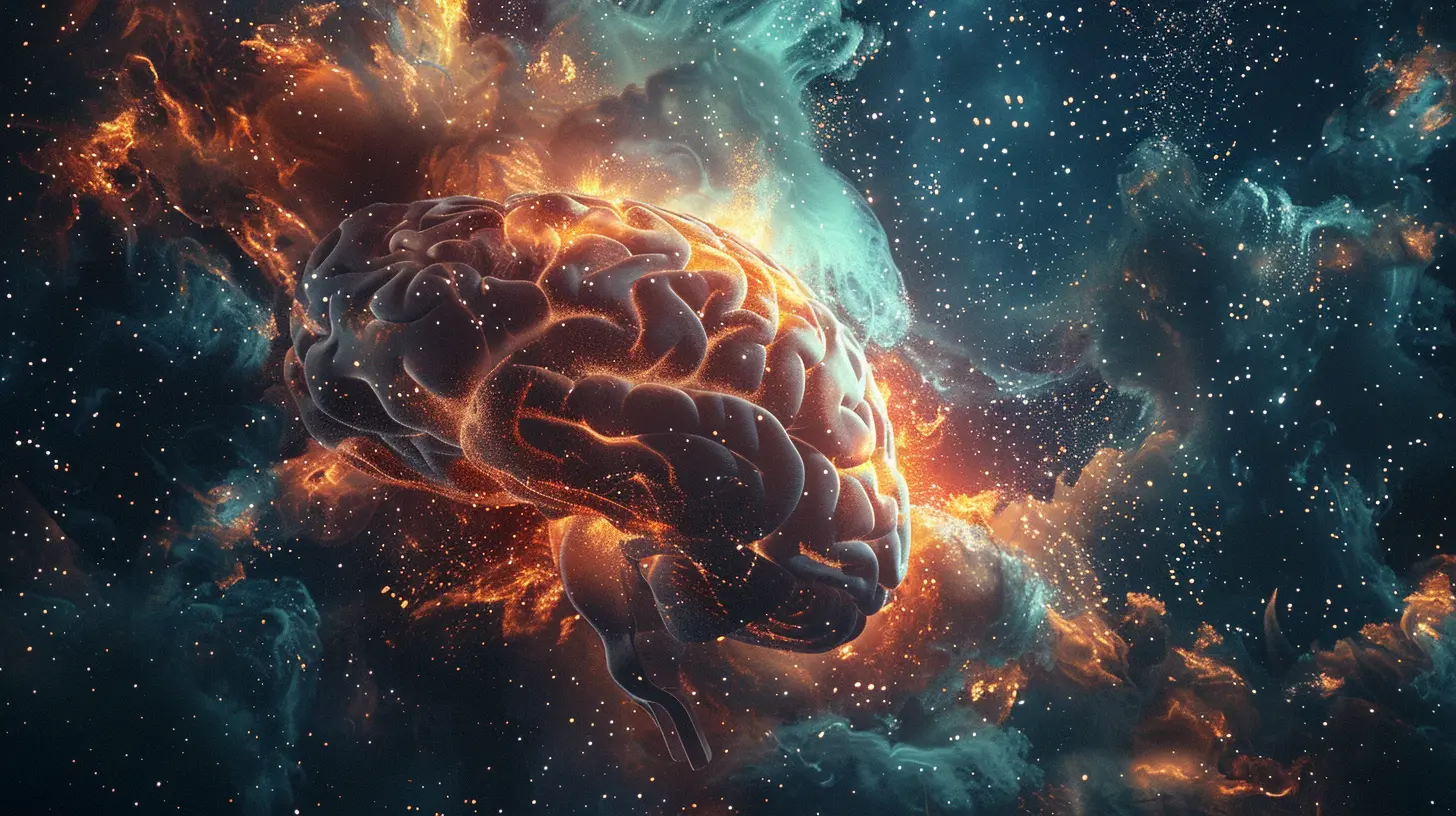
Mind-Bending Experiments on Time and Space Perception
The Time Dilation Effect
Have you ever been in a life-threatening situation and felt like everything moved in slow motion? That’s because your brain increases its information processing rate under stress, making it feel as if time has slowed down.One study had participants free-fall from a tall structure while wearing a watch flashing numbers too quickly for normal perception. Participants felt time slow down, but they couldn’t actually perceive the flashing numbers any better—suggesting that our sense of time distortion is subjective, not real.
Virtual Reality and the Warping of Space
Scientists have used virtual reality to manipulate space perception. In experiments, people were asked to walk in a straight line in a virtual environment. Some participants reported feeling like they were walking in circles due to subtle distortions in the VR setting, proving that our brain’s map of space can be tricked.What Happens When the Brain’s Time and Space Perception Fails?
In some neurological conditions, the brain’s ability to construct time and space breaks down.- Schizophrenia – Patients often experience disordered time perception, where events feel disconnected or out of order.
- Alzheimer’s disease – As mentioned earlier, damage to the hippocampus affects both spatial memory and the sequence of events, leading to confusion and disorientation.
- Parkinson’s disease – Individuals with Parkinson’s may struggle with accurately judging the passage of time, which is linked to disruptions in the basal ganglia.
These conditions highlight just how essential time and space perception are for navigating daily life. When the system malfunctions, reality itself feels fragmented.
Final Thoughts: The Mind’s Time-Space Illusion
Our perception of time and space is one of the most fundamental aspects of how we experience the world. But in reality, they are just constructs of the brain, pieced together by millions of neurons working in harmony.Without even realizing it, your brain continuously constructs a mental map of where you are and a timeline of events—all while making subtle alterations based on emotions, experiences, and expectations.
Next time you lose track of time or feel like a place brings back strong memories, remember: it’s not the world changing—it’s your brain shaping reality from the inside out.
all images in this post were generated using AI tools
Category:
Cognitive ScienceAuthor:

Christine Carter
Discussion
rate this article
1 comments
Ainsley Benton
Fascinating insights! Understanding our perception of time and space is profound.
August 3, 2025 at 4:26 PM

Christine Carter
Thank you! I'm glad you found it intriguing—our perception truly shapes our experience of reality.
